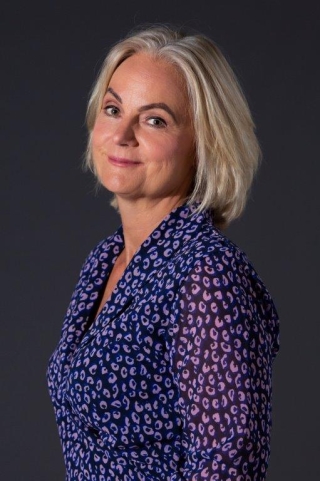The Big Challenge: Reducing Health Inequalities
‘By 2040, we will have collectively managed to ensure that everyone has an equal opportunity to experience good health, regardless of education, income or where you were born. That is my dream’, says Patricia Heijdenrijk, Director Expertisecentrum Gezondheidsverschillen (Expertise Center Health Inequalities) Pharos and Chair Central Mission Team Health & Care. ‘The socioeconomic differences in health are large and persistent: 6 years difference in life expectancy and 15 years difference in healthy life expectancy. Therefore, to realise this dream in 20 years, we must act and think differently now.’
Ripe soil
‘We as a society are ready to join forces on this’, Heijdenrijk said. ‘For example, the Coalition agreement 2021-2025 states that these health inequalities are unacceptable and that firm choices and reforms are needed to increase equity.’ The need for change is supported by the Scientific Council for Government Policy (WRR). In 2018, the WRR observed that while general measures lead to health gains, those at the top of the social ladder have benefited more than those at the bottom. As a result, inequalities are in danger of actually widening in several areas.
The soil is ripe for tackling health inequalities. With vision, direction and courage, we can take the next steps in this transition.’
- Patricia Heijdenrijk, Director Expertisecentrum Gezondheidsverschillen (Expertise Center Health Inequalities) Pharos and Chair Central Mission Team Health & Care
A broader view
In recent years, there has already been an important ongoing transition to reduce health inequalities: there is an increasing focus on a broader approach to health inequalities, whereby connections are sought with, for instance, welfare, living environment, education, work and income. For example, in the National Policy Document on Health 2020 - 2024 that the Ministry of Health, Welfare and Sport has designed together with municipalities, far more attention is paid to the various determinants of health. Furthermore, it proposes a cross-domain approach. Heijdenrijk: ‘There are great opportunities when we start looking across domains and at all levels for solutions.’
‘The quadruple helix approach plays an important role in this. Equal cooperation between citizens, knowledge institutions, industry and government bodies is the main focus here.’ Heijdenrijk continues: ‘Residents of all districts, neighbourhoods and municipalities actively participate and provide input from the very first idea to the actual implementation. Inclusion must be ensured here; it is essential to reach and involve everyone, people with a lower and higher economic position, people with and without a migration background, etc. By focusing on the life and experience of all citizens, you get a broader view of health, and an integrated approach can be drawn up.
'But differentiation is a keyword here,' emphasises Heijdenrijk. 'We must not continue to focus on equal opportunities, but on equity. We must recognise that each person has different circumstances and that we need to provide personalised solutions to reach an equal outcome. The soil is ripe for tackling health inequalities. With vision, direction and courage, we can take the next steps in this transition.’
Learning from the stimulation programme GezondIn
This interview is one of many interviews in our recently published Year in Preview. Curious about the other subjects in our online magazine? Take a look now!

